 20 March 2018
20 March 2018 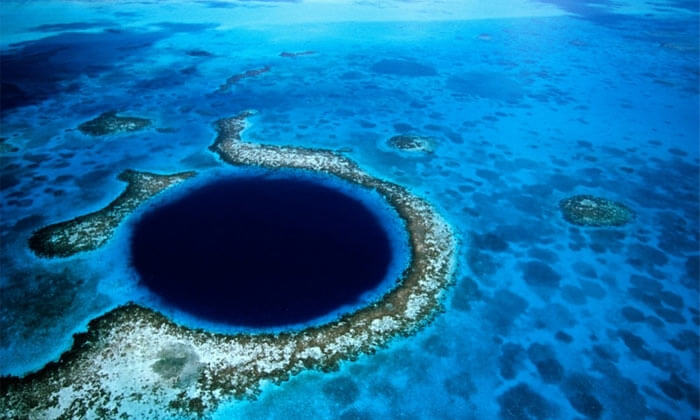
Located in the western Pacific Ocean, east of the Mariana Islands, in the Western Pacific East of Philippines, Mariana Trench is the deepest part of the world’s oceans. It is a mark of crescent shape in the Earth's crust, which is considered 2,550 km long and 69 km wide. The maximum found depth level of Mariana Trench is 10,994 meters at a small slot-shaped valley in its floor identified as the Challenger Deep. It is also considered one of the deepest parts on earth. However, other deep portions were also found at its southern end. It is said if Mount Everest was dropped into the trench at this point, its peak would still be over 1.6 km underwater. President of US George W. Bush founded the Marianas Trench Marine National Monument under the authority of the Antiquities Act of 1906.
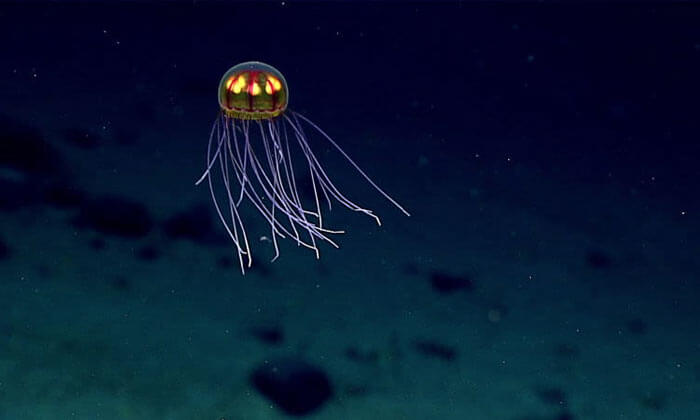
The first Mariana Trench depth measurements were created by the British survey ship HMS Challenger, which was used in 1875 by the Royal Navy to carry out research in the trench. That time the greatest Mariana Trench depth was recorded as 8,184 meters (26,850 feet).
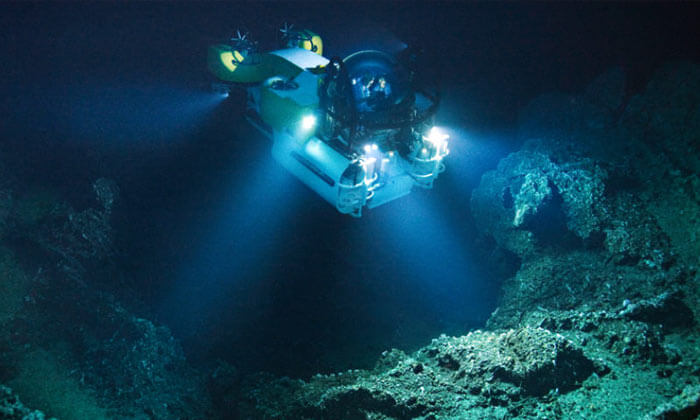
Mariana Trench is situated at a convergent plate boundary. Two converging plates of oceanic lithosphere collide here with each other. One of the plates slide downs into the mantle at this collision point forming deepest point on earth. At the contact line of these two plates, the descending flexure creates a channel called ocean trench. This way, ocean trenches create few deepest ocean locations on Earth.
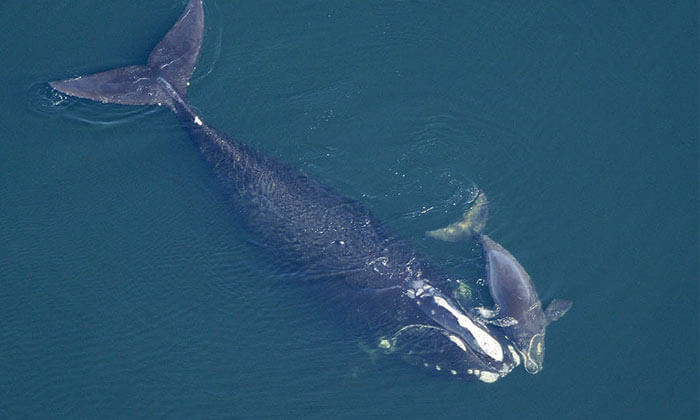
There are several interesting Mariana Trench creatures that you can find at the bottom of the deepest place on Earth. These creatures are part of important Mariana Trench facts and available into three different categories, including huge, almost invisible, and actually weird. The first category of these Mariana Trench creatures is amphipods, which are shrimp-like crustaceans and not very fascinating. However, they are available in plenty. In the Challenger Deep, there are some white or pale pink species. The second category is sea cucumbers that are very craftily hidden. These are echinoderms like sea stars, which specialize in roving the abyssal plains of the world and produce food from the sediment. There is also a category of species that you would not recognize of being alive or not.
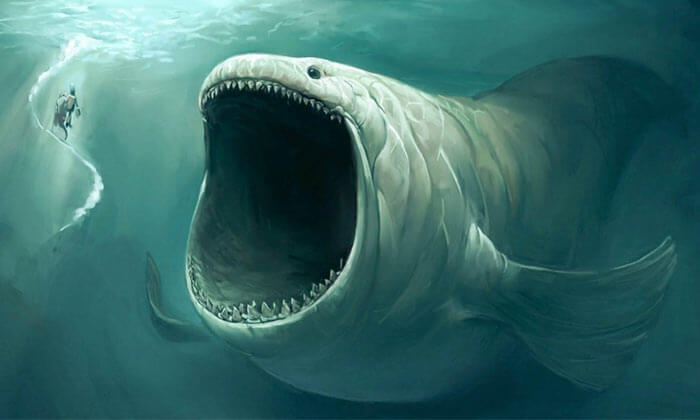
You can also spot here amoeba as they are everywhere in the Mariana Trench. Their sizes keep increasing due to the different climatic conditions. This is the reason; amoeba looks terrible with its gigantic structure. They are also immune to chemicals and elements like mercury and uranium that can kill human.

Since the water temperature varies here from 1 °C to 4 °C, a lot of us expect that water will be extremely cold in the Mariana Trench. However, this is not the case. There are hydrothermal escapes in the trench that keep emitting water and minerals and are known as the “black smokers”. This allows the creatures flourishing deep inside the water. This really hot water is not boiled despite it is hotter than boiling point.
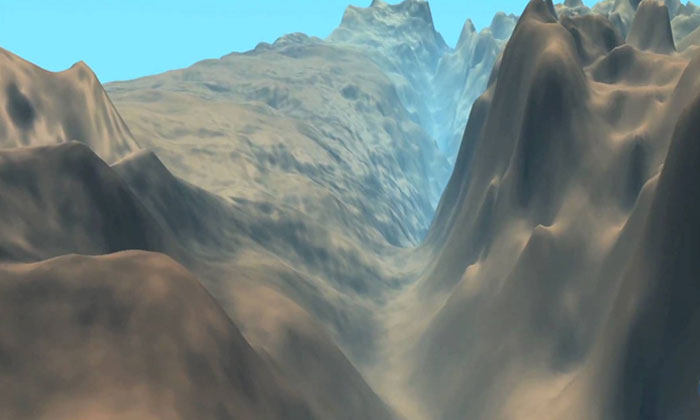
The formation of Mariana Trench happened due to the collision of two massive slabs of oceanic crust. In this process, one piece of oceanic crust is pushed and pulled under the other, which make it sinking into the Earth's mantle, a layer beneath the crust. If the two pieces of crust intersect, a deep trench appears above the bend in the sinking crust. In this way, the Pacific Ocean crust is bending below the Philippine crust.
Also known as tectonic plate, The Pacific crust is 180 million years old where it dives into the trench. The Philippine plate is smaller and newer than the Pacific plate. In spite of being that deep, this trench is not a spot that is closest to the center of Earth. As the planet enlarges at the equator, the radius at the poles is around 25 km lesser than the radius at the equator. So, various parts of the Arctic Ocean marine are closer to the Earth's center than the Challenger Deep.